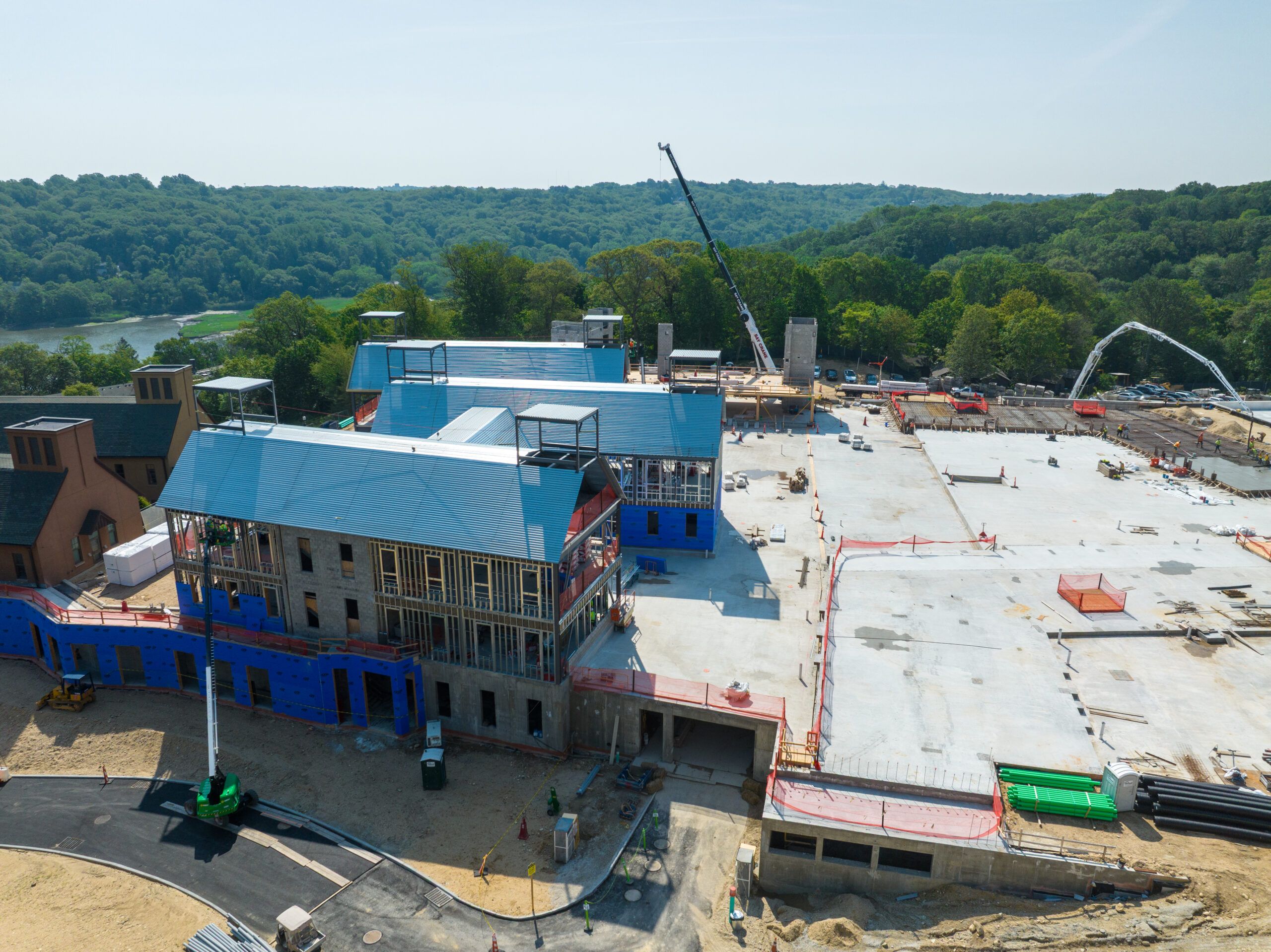Getting your home summer-ready shouldn’t feel like a marathon. With high temperatures just around the corner, a clear AC repair checklist helps you avoid breakdowns and unexpected costs. By tackling key tasks now, you will boost efficiency, cut energy bills, and enjoy steady cooling all season. Follow these steps to get your air conditioner ready for long, hot days.
Schedule a professional inspection
Start by calling a certified technician for a full system check. During this visit, they will clean coils, tighten electrical connections, and top off refrigerants if levels are low. Don’t forget to book a Littleton AC repair inspection, so small issues get caught before they turn into costly emergencies. You will end up with a detailed report and the confidence that your system can handle the hottest days.
Change or clean your air filters
A clean filter is your AC’s best friend. Disposable filters should be swapped every one to three months. If yours are reusable, wash them gently with soap and water, then let them dry completely before reinstalling. Fresh filters improve airflow, trap dust and pollen, and prevent your system from overworking. This results in steadier cooling, lower energy bills, and fewer allergy triggers floating through your home.
Clear debris around the outdoor unit
Your condenser needs plenty of breathing room. Inspect the area around the outdoor unit, clearing at least two feet on all sides. Trim back grass, shrubs, and vines, and sweep away leaves, sticks, and dirt from the top and base. Unblocked airflow prevents overheating and helps your system run more efficiently. It also makes future maintenance visits quicker and safer for your technician.
Check and seal ductwork
Air can leak anywhere ducts connect. Inspect visible runs in your attic, basement, or crawlspace for gaps, holes, and loose joints. Seal them with mastic sealant or UL-approved metal-backed tape instead of a standard duct tape, which fails over time. Properly sealed ducts deliver every bit of cooled air to your living spaces. That means fewer hot spots, lower energy bills, and a more comfortable home.
Test your thermostat settings
A reliable thermostat keeps your home at the right temperature. Switch it to “cool” and set it a few degrees below room temperature. Listen for the AC to kick on within a minute, and if nothing happens, you should replace the batteries or call in a pro.
In addition, consider upgrading to a programmable or Wi-Fi thermostat. With custom schedules and remote control, you will avoid unnecessary cooling when no one’s home and save on utility costs.
Inspect coolant lines and insulation
Two lines run between your indoor unit and the outdoor condenser: one carries cool refrigerant in a thin copper tube, the other returns it as a gas. Both should be wrapped in foam insulation to prevent energy loss. Over time, that foam can crack or fall apart. Inspect the insulation and replace any worn sections. Well-insulated lines help your system maintain peak efficiency without overworking and keep your energy bills in check.
Deep-clean vents and registers
Over time, dust, pet hair, and debris build up inside vents and registers, blocking airflow and compromising indoor air quality. Remove each vent cover and vacuum the interior thoroughly using a soft-brush attachment. Wipe covers with a damp cloth and mild detergent to eliminate grime. For a deeper clean, consider steam vapor or professional duct cleaning every few years. Clean vents ensure consistent cooling and healthier air throughout your home.
Clear condensate drain lines and pan
A clogged drain line can cause water damage, mold growth, and system shutdowns. Locate the indoor unit’s drain pan and look for signs of standing water or rust. Flush the line with a bleach-water solution or white vinegar to dissolve blockages. Make sure water flows freely to a safe drainage point. Inspect the pan for cracks or corrosion and replace it if needed. A clear condensate path protects your home and keeps your AC running reliably.
Lubricate moving parts
Your blower motor, fan bearings, and other moving components need lubrication to reduce friction and noise. Check your owner’s manual for the correct oil type and lubrication points. Apply a few drops where specified and spin the fan by hand to distribute the oil evenly. Well-lubricated parts run smoother, extend equipment life, and help your system operate more quietly and efficiently.
Endnote
By working through this nine-step checklist now, you will ward off sudden malfunctions and costly repairs later. A professional tune-up, fresh filters, and a clear outdoor space set the foundation. Sealed ducts and a responsive thermostat fine-tune your comfort. Finally, solid insulation on refrigerant lines, spotless vents, unclogged drains, and lubricated parts lock in efficiency and reliability. Complete these tasks before summer peaks, and enjoy uninterrupted, cost-effective cooling all season long.











